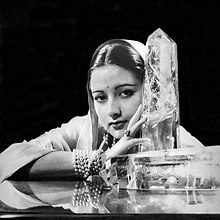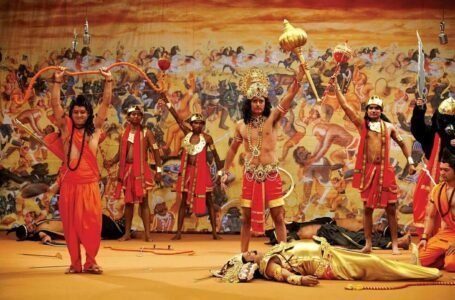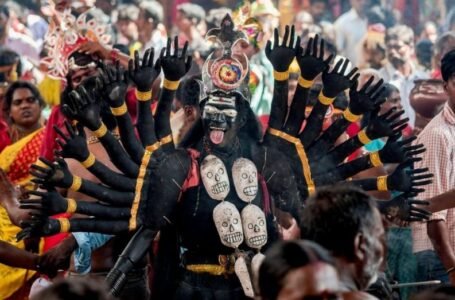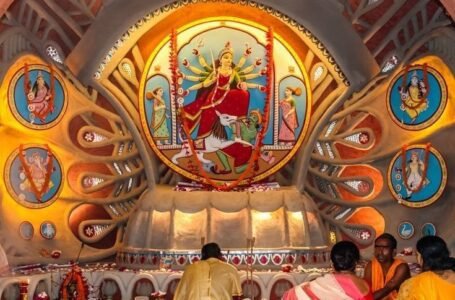The Pearl of India : Maharani Sita Devi

In times when women of the royal families dressed up traditionally usually under a “purdah” with their heads covered, Sita devi not only caught the world’s attention with her beautifully draped saris, she also became a muse for various European designers and photographers. Her beauty was so ethereal that many referred to her as the Pearl of India. It would not be an exaggeration to say her beauty and grandeur accompanied by grace captivated the people that had the chance to meet her. She continues to remain an icon in the hearts of people connected with fashion.

EARLY LIFE
Born in 1915 to a Rajput royal family in Kashipur, Princess Sita Devi was the daughter of Raja Uday Raj Singh. Kashipur then was small in size but was still considered to have good influence in the northern region. Birth into a royal family introduced her to the lifestyle of a true royalty. She was taught Indian values which she was seen carrying out throughout her life.
Marriage with a Kapurthala Prince
In 1928 when she was of the very tender age of 13 years, princess Sita devi got married to Maharajkumar Karamjit Singh who was the younger son of the Maharaja Jagatjit Singh of Kapurthala. This was a time when there existed five royal houses in Punjab and Kapurthala happened to be one of them. After her marriage she started to be known as Princess Karam of Kapurthala.

A truly royal lifestyle
Though Princess Karam herself belonged to royal lineage, the royalty in maharaja Jagatjit Singh’s household was different. The house of Kapurthala held pride in its glamorous and flashy existence. The king had a special place in his heart for European architecture. The kingdom was supposedly said to have things that reminded people of the palace of Versailles in France. Having a father-in-law that enjoyed travelling, Princess Karam and her husband herself travelled to Europe very frequently and became part of the elite circles in Paris.
TAKING EUROPE’S FASHION SCENE BY STORM.
European fashion has already established a rather dominant position in the fashion world. During the couple’s frequent visits, they had become a part of many elite circles and the princess’ glamour combined with grace even when she was dressed in a manner the Europeans considered modest caught everyone’s eye.

Schiaparelli muse
At the young age of 19 princess Karam had vogue to give her the title “secular goddess”. Maison Schiaparelli is an haute contour house well renowned around the world. Back in 1935 the designer that created the brand, Elsa Schiaparelli found Sita devi’s style so influential that she created a whole collection inspire by her. The collection consisted of design gowns that were based on the drapery of sarees. In this manner she became a muse for a designer even before people in India were aware of the grandeur of this brand.

Her love for Sarees
Certain rumours say that the princess used to carry hundreds of sarees along with beautiful jewels. Though it is hard to verify the eligibility of it, it non the less would not be surprising for a fashion icon to always be prepared to look her best. “I prefer them to be georgette or mousseline de soi, because when made of these materials they hang well and give one better line” she said in a conversation with vogue. She used to wear sarees in bright colours during important functions. She said “I was thrilled to see that some of the dressmakers were actually inspired for their new models this year by some of the saris I wore in the summer of 1934” when told how she became a source of inspiration for several designers.

Being a true beauty that even the photographers loved
Two famous photographers Cecil Beaton and Man Ray also saw the princess as her muse. A picture captured by Cecil Beaton for vogue showcased the princess among flowers laying her head on a table. Her beauty encapsulated ethereally by a man of great talent. He named the picture “Princess Karam of Kapurthala, whose extraordinary beauty has made her a continental legend.” Another photograph “Beautiful princess Karam of Kapurthala in Reboux’s Tangerine Velvet head-dress and Mainbocher’s Silver Fox cape” by André Durst shows a different side of her but captures her as an icon nonetheless.

And this was not all She was also the inspiration for “Maharanee” (At the Night Races in Paris), in Ira Gershwin’s The Ziegfeld Follies of 1936. She featured in harper bazaar in 1937 By 1939 she had graced various pages of prominent publications and had worn brands like Schiaparelli,Mainbocher, Madame Gres, Cartier etc. having achieved all this at a young age, a lot of people forget to give credit to her husband who was supportive and proud of her.
Legacy
By the age of 25 she had already achieved global recognition. Years have passed since and even though times have changed, her iconic fashionista image continues to stay relevant. Coming from royalty and getting married into a family known for its exquisite and luxurious lifestyle did play an important role in her life. In her later life she had stepped out of the limelight but that does not stop us from remembering her as an Indian princess that did what not many people could, at a very young age.

People like Elsa Schiaparelli having withdrawn influence from sarees happened because she came across Princess Karam. Daughter of India’s business giant, Isha Ambani was recently seen wearing a Schiaparelli saree which had people wondering if it was the brand’s first ever saree. It was quickly pointed out that Schiaparelli’s first ever saree was created years ago as an inspiration from princess Karam of Kapurthala.
With the beginning of World War II, the couple returned to India and raised their children here. In 1944, the princess was awarded with Kaisar-I-Hind for working towards raising funds for the World War II soldiers.

Being called “the pearl of India,” “the rose of India” were only a few of the titles she received. She in a way presented sarees on an international platform but also did not shy away from participation in western fashion trends. Not only did she inspire designers but she also became a muse for photographers and writers. She was truly an Indian princess that had taken the European fashion scene by storm.


